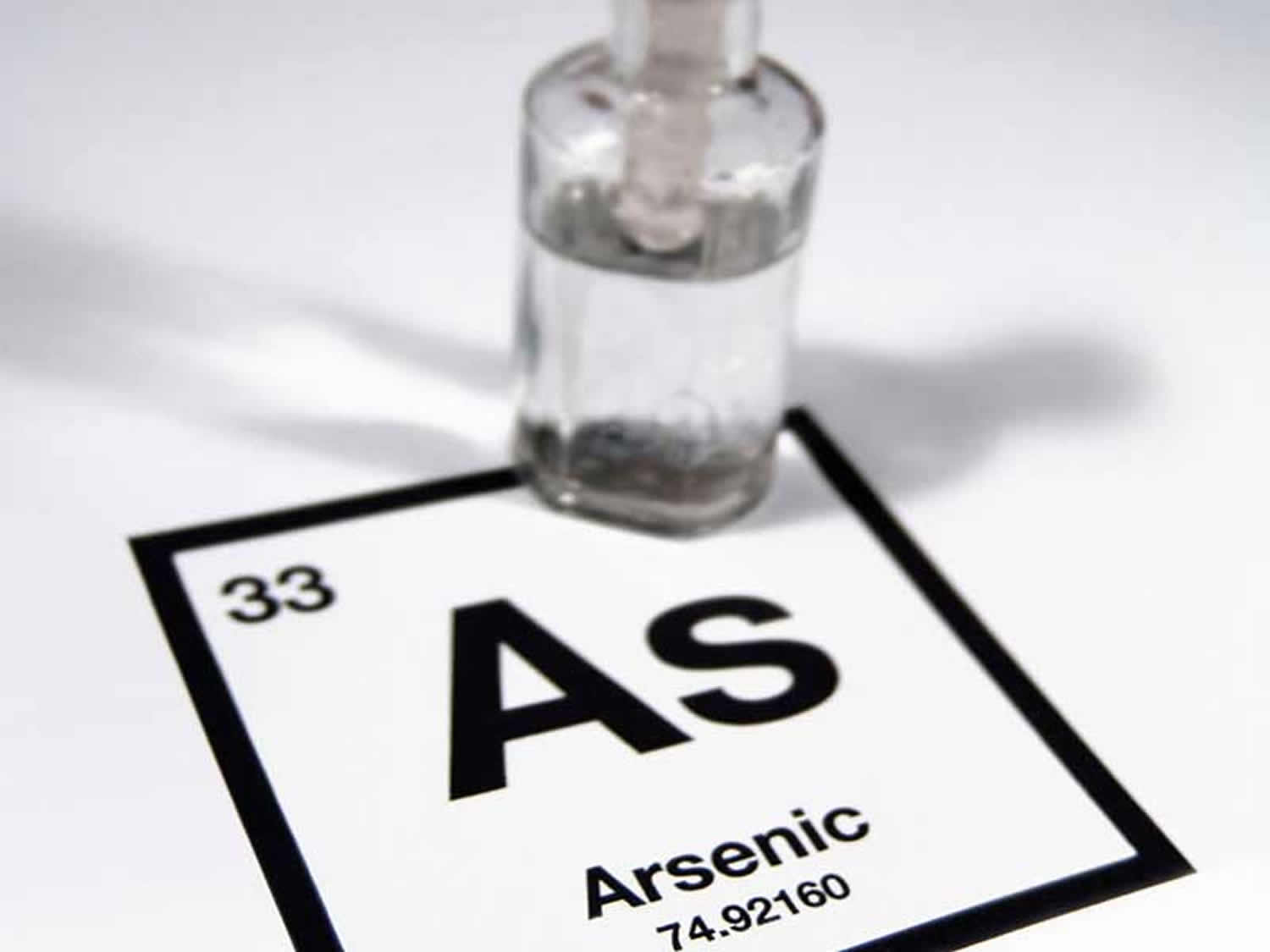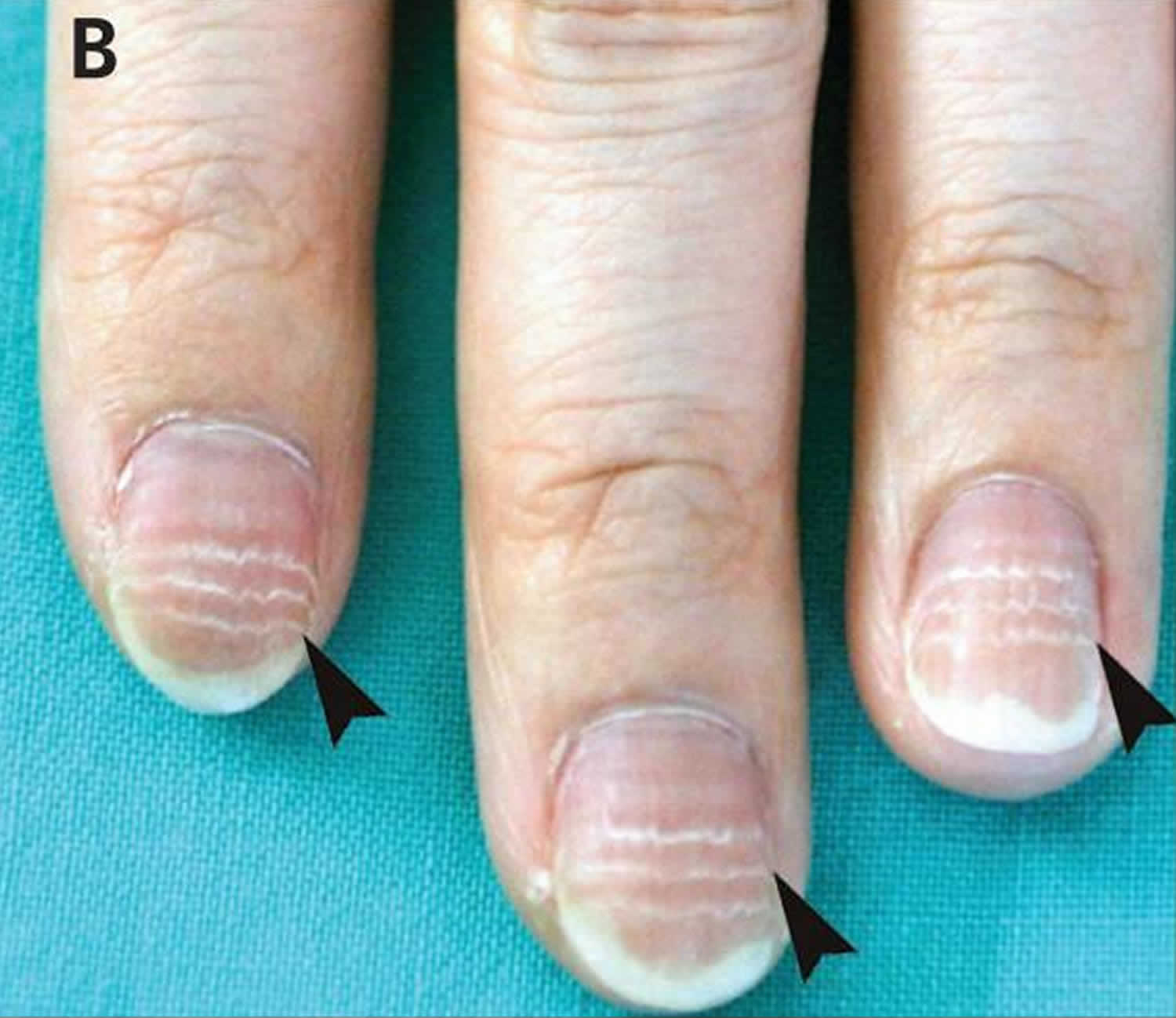Hello again, and welcome to this brief overview of the Diamondback Rattlesnake! I’m Stacey, and I chose this animal to discuss based on a curiosity many years in the making. Once upon a time, I was visiting family in South-Eastern Arizona. We went for a hike, and around sunset on the way back we had to take an extensive detour through a more open area. When I asked why, I was told “Just listen…”. The silence of the desert was periodically broken a very distinct rattling sound, sometimes too close for comfort. We changed into the thick rubber boots we had packed, and carefully followed the path home. It wasn’t until years later that I really understood the risks in the area we were exploring; it was home to Diamondbacks (not just a baseball team!)
This blog attempts to explain some of the toxicity factors associated with this poisonous viper. Please be advised; the media in the content below are derived from both multimedia and published literature. Figures with numeric representation are those found in the corresponding literature, those with alphabetic representation are derived from multimedia. Enjoy!
- Introduction (1)
-
- The Diamondback Rattlesnake a member of the Viper family, and is the longest and heaviest snake in North America
- Average length can be 3-6 feet, with some as long at 8ft
- This bulky species has large heads, and can weigh 10lbs on average
- There are two sub-classifications of the Diamondback Rattlesnake in the US; the Western Diamondback (crotalus atrox) (a), and the Eastern Diamondback (crotalus adamanteus) (b)
-

(a) The Western Diamondback Rattlesnake

(b) The Eastern Diamondback Rattlesnake
Both have a distinct diamond dorsal pattern, however due to habitat the pattern of the Western Diamondback tends to be much lighter in comparison. Colors can range from light tan to red depending on where they are found.
-
- As you can see from the territory map in image (c), the range of Diamondbacks is mostly limited to the southern regions of the US, and is dwarfed in comparison to the Prairie and Timber rattlers. However, despite their limited territory, these snakes are ranked as the third most venomous in the US. Acute toxicity can occur in minutes to hours depending on the volume of venom introduced, and can be fatal if not treated appropriately.

(c) Territory Map for Rattlesnakes in the US
- The Diamondback Rattlesnake a member of the Viper family, and is the longest and heaviest snake in North America
- Source (2, 3)
-
- The toxin itself comes from the snake venom
- Venom is produced by organs that evolved from salivary glands
- Non-toxic saliva contains enzymes that help to breakdown and digest food as it is chewed. Snake saliva includes enzymes that are highly toxic
- Venom is introduced to the body via two fangs when the snake bites its victim
This video (d) gives a little bit of the background on Diamondbacks, as well as a short demonstration on how the venom is extracted through a process called “Milking”. Milking extracts the venom of a snake for the purpose of study and antivenom production.
(d)
- Biotransformation (2, 3)
-
- Diamondback venom is hemotoxic; meaning it destroys red blood cells, disrupts clotting, and can cause organ degeneration with generalized tissue damage
- The venom is a complex mixture of over 50 identified metals, macromolecules, and proteins. Each component had a different effect.
- Two components of this mixture that have been well studied are phospholipase A2 toxins and metalloproteinases
- Phospholipase A2 toxins demonstrate myotoxic, anti-coagulant, and neurotoxic effects
- Metalloproteinases are thought to be key contributors to local tissue damage and hemorrhage
- Two components of this mixture that have been well studied are phospholipase A2 toxins and metalloproteinases
- Toxicokinetics (5, 6)
-
- Absorption typically occurs from direct injection of the venom into the skin or muscle. Lymphatic vessels transport the venom into the blood stream and lymph system
- Distribution is systemic and rapid once the venom reaches circulation
- Metabolism of venom is still poorly understood, as envenomation is typically directly associated with lymphatic circulation and kidney damage
- Elimination is also poorly understood. Current theories believe venom is excreted mostly through urine based on in-vivo evaluations examining the pharmacokinetics of antivenoms
- Carcinogenicity
-
- It is currently unknown whether Diamondback Rattlesnake venom is a carcinogen
- Mechanism of Action (3)
-
- The exact mechanism of action for Diamondback venom is unknown, however the generally accepted theory revolves around the mechanisms for phospholipase A2 toxins and metalloproteinases
- As previously stated, phospholipase A2 toxins are multi-faceted. When considering the neurologic effects, these toxins are thought to inhibit neuromuscular transmission at the presynaptic level via blockage of presynaptic calcium-channels of the neuromuscular junction. This can lead to muscle group paralysis if concentrations are high enough. In terms of myotoxicity and anti-coagulant effects, phospholipases are also thought to damage platelet membranes. This can lead to platelet destruction and thrombocytopenia
-
- Metalloproteinases are thought to be capable of cleaving peptide bonds of basement membrane components within capillary beds. This affects the interaction between basement membranes and endothelial cells, resulting in an altered morphology of endothelial cells and gap formation causing extravasation, or the leakage of blood, lymph, and other fluids from blood vessels. It is also thought that metalloproteinases from venom are capable of inducing myonecrosis in skeletal muscle and inducing the release of TNF-α, a local inflammatory response that characterizes snakebites.
- As previously stated, phospholipase A2 toxins are multi-faceted. When considering the neurologic effects, these toxins are thought to inhibit neuromuscular transmission at the presynaptic level via blockage of presynaptic calcium-channels of the neuromuscular junction. This can lead to muscle group paralysis if concentrations are high enough. In terms of myotoxicity and anti-coagulant effects, phospholipases are also thought to damage platelet membranes. This can lead to platelet destruction and thrombocytopenia
- The exact mechanism of action for Diamondback venom is unknown, however the generally accepted theory revolves around the mechanisms for phospholipase A2 toxins and metalloproteinases
- Target Organ(s) (2, 4)
-
- Diamondback venom is toxic whether localized to the site of the bite or systemic as the venom breaches the lymphatic system
- The venom is hemotoxic, and can cause significant damage to the heart, lungs, liver, spleen, and kidneys before causing damage to other organs/systems. Image (f) below provides a visual representation of the affected organs/systems
- Diamondback venom is toxic whether localized to the site of the bite or systemic as the venom breaches the lymphatic system

(e) Effects of hemotoxic venom on the human body
- Biomarkers (3, 7)
-
- There is no diagnostic test to diagnose or identify the species causing envenomation. Key components for identification of venom are the presence of fang marks on the patient, and a history of their geographical location when bitten. The location will help clinicians identify the most likely species.
- Frequent bloodwork is helpful for snakebite management. This includes;
- Complete Blood Count (CBC)
- Values for hemoglobin and platelets are indicative of red blood cell death or damage
- Serum Chemistry
- Altered blood gasses and electrolytes can indicate the degree of blood cell damage
- Coagulation Panel
- INR greater than 3.0 and PTT greater than 50 seconds are indications for clotting abnormalities
- Fibrinogen
- Low levels of this clotting factor can indicate hemolysis
- Creatine Kinase (CPK)
- CPK levels can indicate to severity of kidney damage from myotoxicity
- Urinalysis
- Evaluation for myoglobinuria, which can help assess for rhabdomyolysis, or the release of proteins and electrolytes into the blood from damaged muscle tissue
- Complete Blood Count (CBC)
- Signs and Symptoms of Toxicity and Accompanying Treatments (3, 4, 9)
-
- Signs and Symptoms of Acute Toxicity
- Minimal envenomation requires no antivenom, but repeated labs and overnight monitoring
- Swelling, pain, and bruising limited to site of bit
- No systemic signs
- Normal coagulation parameters or isolated mild alterations without clinically significant bleeding
-
- Moderate envenomation typically requires antivenom in infrequent repeat dosing with repeated labs and several days of monitoring
- Swelling, pain, and bruising greater than site of bite, but less than a full extremity or less than 50cm in adults
- Systematic symptoms such as vomiting, mild hypotension, and mild tachycardia
- Abnormal coagulation parameters without clinically significant bleeding
-
- Severe envenomation requires immediate antivenom with frequent repeat dosing, frequent labs, and extended monitoring (days-weeks)
- Swelling, pain, and bruising involving an entire extremity (or more) or threatening the airway
- Systemic signs including altered mental status and hemodynamic instability
- Additional systemic signs include hypotension, bleeding, oozing from IV sites, vomiting, diarrhea, angioedema, and neurotoxicity
- Assessment for facial edema include tongue swelling and respiratory distress
- Abnormal coagulation parameters with clinically relevant bleeding
- Minimal envenomation requires no antivenom, but repeated labs and overnight monitoring
- Signs and Symptoms of Acute Toxicity
-
- Treatment for all degrees of Acute Toxicity
- The greatest success for treatment relies on the immediate immobilization of the bite area to prevent the venom from spreading systemically through the lymph system
- The bite area should be marked and monitored frequently for signs of spreading swelling and redness
- There are two antivenoms currently approved for use in North America:
- Crotalidae Polyvalent Immune Fab (CROFAB) is an antivenom derived from the Western Diamondback, Eastern Diamondback, Mojave Rattlesnake, and Cottonmouth Rattlesnake. This compound is ovine derived, meaning it was initially immunized into sheep. The whole immunoglobulin is extracted and purified, then cleaved by papain into the terminal Fab fragment of the immunoglobulin. This agent is cleared through the kidneys and requires multiple doses via IV
- This link (h) will take you to BTG Pharmaceuticals Information Page on CroFab; a video is included to demonstrate how this antivenom works
-
- This link (h) will take you to BTG Pharmaceuticals Information Page on CroFab; a video is included to demonstrate how this antivenom works
- Crotalidae Immune F(ab)2 is an antivenom derived from the Bothris aspir and Crotalus duressis species. The compound is equine derived, meaning it was initially immunized in horses. The whole immunoglobulin is extracted, purified, and cleaved by pepsin digestion into fragments with two binding sites for venom; -F(ab)2. This molecule is larger than Crotalidae Polyvalent Immune Fab and remains in serum for longer periods of time, requiring less maintenance dosing
- Crotalidae Polyvalent Immune Fab (CROFAB) is an antivenom derived from the Western Diamondback, Eastern Diamondback, Mojave Rattlesnake, and Cottonmouth Rattlesnake. This compound is ovine derived, meaning it was initially immunized into sheep. The whole immunoglobulin is extracted and purified, then cleaved by papain into the terminal Fab fragment of the immunoglobulin. This agent is cleared through the kidneys and requires multiple doses via IV
- Treatment for all degrees of Acute Toxicity
-
- Signs of Chronic Toxicity and Associated Treatments
- Complications have been noted following envenomation, despite the introduction of antivenom therapy. These issues tend to be chronic;
- Hypersensitivity inducing anaphylaxis or anaphylactoid reactions to the antivenom. Delayed hypersensitivity reactions or serum sickness can also occur. Treatment for serum sickness is typically oral steroids
- Necrosis is another well-known complication associated with rattlesnake bites. This is commonly managed with operative debridement or amputation in serious cases
- Infection can correspond with tissue necrosis, and is rare to occur on its own. Treatment consists of anti-infective agents, surgical debridement, or amputation
- Compartment Syndrome is a painful and dangerous condition in which pressure from internal bleeding and swelling of tissues builds within the muscles. This is characterized by pain, pale skin tone, numbness, faint pulse, and weakness with movement. Treatment typically includes repeated doses of antivenom, or surgery to relieve the swelling and pressure.
- Rhabdomyolysis can be induced from the venoms myonecrotic capabilities. Kidney injury is also correlated. Monitoring for kidney injury is done through chemistry labs analyzing CPK. If CPK levels rise over hours to days following envenomation, the extremity should be evaluated for compartment syndrome and repeated doses of antivenom should be administered
- Delayed venom effects occur in roughly half of Diamondback bite victims. This can include local swelling, delayed onset or recurrence of coagulopathy up to two weeks following the initial bite. Treatment is typically repeated doses with antivenom
- Complications have been noted following envenomation, despite the introduction of antivenom therapy. These issues tend to be chronic;
- Signs of Chronic Toxicity and Associated Treatments
-
- The most effective method for the Diamondback Rattlesnake monitoring is avoidance!
- People in the Diamondback Rattler territories should be aware of the distinct rattling sound from the snake’s tail and move away from the area slowly (see video (f) below!)
- Seek medical treatment immediately following envenomation
- Do not attempt to move or kill the snake
- Tourniquets, ice, wound laceration, manual venom removal, and wound cauterization are methods made popular by the media – but should be completely avoided!
- The most effective method for the Diamondback Rattlesnake monitoring is avoidance!
This video (f) shows the behavior expected by a Diamondback when it feels threatened. Be sure to turn your sound on to hear the rattle!
(f)
- Genetic Susceptibility or Heritable Traits
-
- Diamondback Rattlesnake venom is chemically and biologically unbiased towards its’ victims. All who are bitten are at risk for toxicity.
- Historical or Unique Exposures (7,8)
-
- Snakes tend to be more active at dawn and dusk during warm weather. Many recorded bites occur most prevalently during the late spring to early summer in early morning or early evening hours
- According to ABC News, snake bites in Texas showed a 54% increase during 2020. Authorities attributed this phenomenon to an increase in people engaging in outdoor activities due to the Covid-19 Pandemic
- Essentiality and Deficiency
-
- Diamondback Rattlesnake venom is not essential. Total deficiency in this case is the safest option!

(g) Warning Sign for Reptiles
- Diamondback Rattlesnake venom is not essential. Total deficiency in this case is the safest option!
Content References:
Links to each can be found by utilizing the hyperlink included
1. OutdoorHub. 10 Most Venomous Snakes in North America. Land.com. Published July 1, 2017. https://www.land.com/lifestyle/most-venomous-snakes-in-north-america/. Accessed July 16, 2022
2. Hodgson E. Chapter Fourteen – Toxins and Venoms. ScienceDirect. Published January 1, 2012. Accessed July 16, 2022. https://www.sciencedirect.com/science/article/pii/B9780124158139000143
3. Patel V, Kong EL, Hamilton RJ. Rattle Snake Toxicity. PubMed. Published 2020. https://www.ncbi.nlm.nih.gov/books/NBK431065/
4. Dhar D. Compartment Syndrome Following Snake Bite. Oman Medical Journal. 2015;30(2):146-146. doi:10.5001/omj.2015.32
5. Sanhajariya S, Duffull S, Isbister G. Pharmacokinetics of Snake Venom. Toxins. 2018;10(2):73. doi:10.3390/toxins10020073
6. Rivière G, Choumet V, Saliou B, Debray M, Bon C. Absorption and Elimination of Viper Venom after Antivenom Administration. Journal of Pharmacology and Experimental Therapeutics. 1998;285(2):490-495. Accessed July 16, 2022. https://jpet.aspetjournals.org/content/285/2/490.long
7. Xu MH, Li J, Han L, Chen C. Persistent fibrinogen deficiency after snake bite: A case report. World Journal of Clinical Cases. 2021;9(33):10355-10361. doi:10.12998/wjcc.v9.i33.10355
8. Emma. Snake Bite Statistics In 2021 — Rates, Deaths & More. Published August 9, 2021. https://pawsomeadvice.com/wild/snake-bite-statistics/. Accessed July 16, 2022
9. Venomous Snakes: Employer & Worker Recommendations | NIOSH | CDC. www.cdc.gov. Published September 14, 2021. https://www.cdc.gov/niosh/topics/snakes/recommendations.html. Accessed July 16, 2022
Multimedia References:
Links to each can be found in the hyperlinks listed below
a. Eastern Diamondback Rattlesnake Survey. NCASI. Published October 7, 2014. . https://www.ncasi.org/resource/eastern-diamondback-rattlesnake-survey/. Accessed July 16, 2022
b. Western Diamondback Rattlesnake Fact Sheet. Desertmuseum.org. Published 2019. https://www.desertmuseum.org/kids/oz/long-fact-sheets/Diamondback%20Rattlesnake.php. Accessed July 16, 2022
c. How to Protect Against Venomous Snake Bites. The Wild Bites Back. Published February 5, 2020. Accessed July 16, 2022. https://wildbitesback.com/how-to-protect-against-venomous-snake-bites/d. Venom Extraction: Eastern Diamondback Rattlesnake. www.youtube.com. Accessed July 16, 2022. https://www.youtube.com/watch?v=9LwxDbjb4jQ
d. Venom Extraction: Eastern Diamondback Rattlesnake. www.youtube.com. https://www.youtube.com/watch?v=9LwxDbjb4jQ
e. Gutiérrez JM, Calvete JJ, Habib AG, Harrison RA, Williams DJ, Warrell DA. Snakebite envenoming. Nature Reviews Disease Primers. 2017;3(1). doi:10.1038/nrdp.2017.63 Accessed July 16, 2022
f. Sound on! Rattlesnake. www.youtube.com. Accessed July 16, 2022. https://www.youtube.com/watch?v=d0nYnVPba4g
g. Published BM. What to do if you see a snake on a trail: expert tips to help keep your flesh fang-free. advnture.com. Published April 13, 2021. Accessed July 16, 2022. https://www.advnture.com/features/what-to-do-if-you-see-a-snake-on-a-trail
h. About Pit Viper Envenomation | CroFab.com. Crofab.com. Published 2021. https://crofab.com/about-crofab/Mechanism-of-Action. Accessed July 16, 2022





 (a)
(a) (3)
(3)
 (d)
(d) (8)
(8)  (10)
(10) (b)
(b) (f)
(f)

 (e)
(e) (c)
(c)











 This mass recall was the first of its kind. Many predicted it would permanently mar the company, however the act contributed to a very positive public response. In the months that followed, Johnson & Johnson was reported as a transparent company who “placed consumers first” and showed dedication to product safety by reissuing Tylenol with triple-ply tamper-proof packaging (three times the FDA minimum) and new safer tablet forms. Replacement products were also offered free of charge. Despite these new measures costing the company millions, revenue and market sharing quickly recovered to the standings observed prior to fall of 19827,9.
This mass recall was the first of its kind. Many predicted it would permanently mar the company, however the act contributed to a very positive public response. In the months that followed, Johnson & Johnson was reported as a transparent company who “placed consumers first” and showed dedication to product safety by reissuing Tylenol with triple-ply tamper-proof packaging (three times the FDA minimum) and new safer tablet forms. Replacement products were also offered free of charge. Despite these new measures costing the company millions, revenue and market sharing quickly recovered to the standings observed prior to fall of 19827,9.


